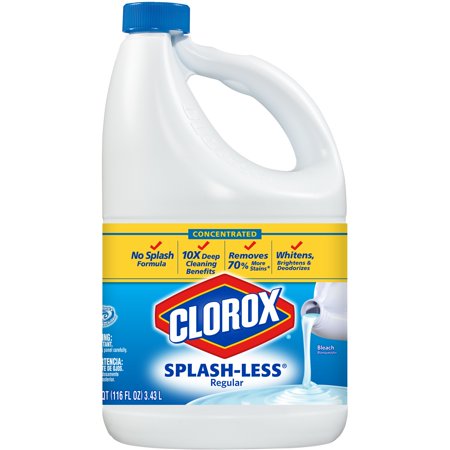While grocery shopping I noticed bleach for sale advertising a "No Splash Formula". I was immediately reminded of physics and the videos we watched in class to demonstrate viscosity, that had different liquids being poured into a container. I searched the product online, and was able to find a product description promoting a thick formula to prevent splashes.
I recognized that this product must have a higher coefficient of velocity, η. The higher the coefficient is the more viscous the fluid is, and the more resistant to flow it is. Knowing that water splashes, I hypothesized that the η of the bleach must be higher than that of water, which is given as about 1 Millipascal seconds (mPas). I also figured that it would likely have an η lower than that of a fluid that pours poorly, such as honey, which as an η equal to about 80 mPas. I found that the main ingredient in the bleach, Sodium Hypocholorite has η=1 mPas. This would explain why most bleach splashes, as water also splashes. However, this product also contains Sodium Hydroxide, which has a much higher η of 10 mPas. It is therefore considerable that the higher η of the ingredient Sodium Hydroxide is this products claim to fame.
References:
http://www.engineeringtoolbox.com/viscosity-converter-d_413.html
http://www.engineeringtoolbox.com/kinematic-viscosity-d_397.html
https://www.walmart.com/ip/Clorox-Splash-less-Regular-Bleach-Concentrated-116-Fluid-Ounces/21633504#about-item


No comments:
Post a Comment
Note: Only a member of this blog may post a comment.